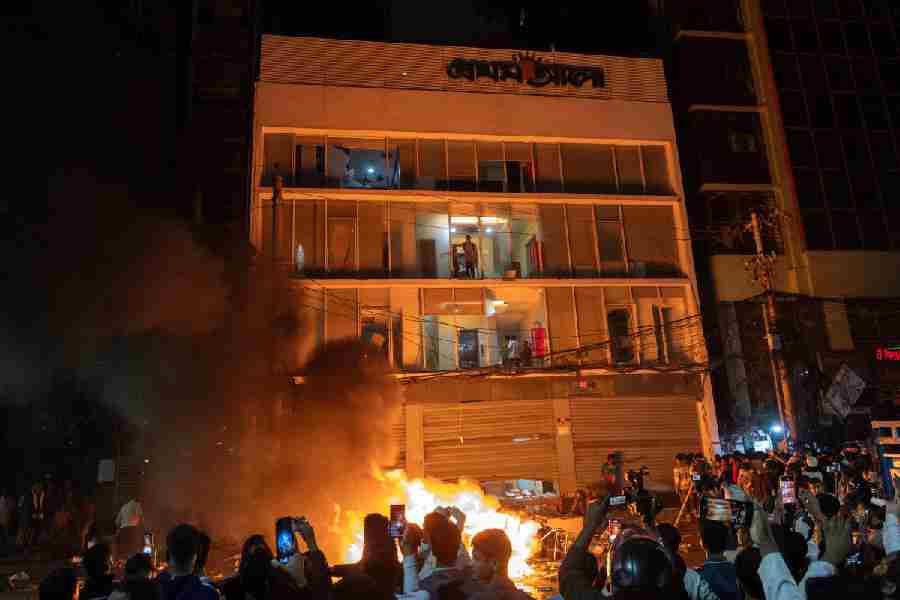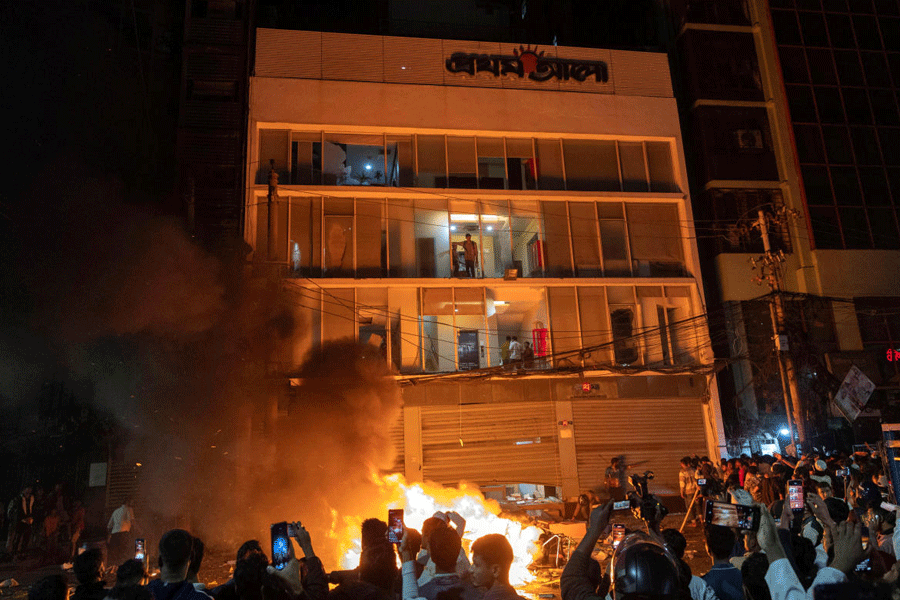Researchers from two leading universities in the Northeast have documented significant glacier retreat or shrinking of glaciers in Arunachal Pradesh over the past three decades, a development which may lead to water shortages in the future for communities relying on glacial meltwater.
Several factors lead to glacial retreat, a development where glaciers shrink or reduce in size over a period of time owing to a decrease in ice accumulation or an increase in melting of ice, primarily caused by rising global temperature and changing precipitation patterns.
According to the researchers from the Nagaland University and the Cotton University in Assam, who conducted the study, there has been an estimated average glacier loss of 16.94 square kilometers per year. Smaller glaciers (less than 5 square kilometers) were found to be retreating faster.
A statement issued by the Nagaland University on Wednesday also said the researchers have found there were 756 glaciers covering around 585.23 square kilometers in 1988 but by 2020, the number dropped to 646, with the total area shrinking to 275.38 square kilometers in 32 years, reflecting a marked reduction in glacier coverage.
The findings of the research, led by Dr Latonglila Jamir from Nagaland University and Dr Nabajit Hazarika from Cotton University with research scholars Vimha Ritse and Amenuo Susan Kulnu of Nagaland University, add to the growing evidence of climate change affecting the Eastern Himalayas.
Arunachal Pradesh is part of the Himalayan mountain range. The Himalayas, often called the “Third Pole”, contain the largest concentration of glaciers outside the polar regions. These glaciers serve as a fresh water source for more than 1.3 billion people living downstream. Rapid glacial retreat in recent decades has raised concerns about long-term water availability and ecological balance.
Jamir, associate professor, department of environmental science (Lumami Campus), Nagaland University, said: “The study used Remote Sensing (RS) and Geographic Information Systems (GIS) to analyze glacier changes in Arunachal Pradesh from 1988 to 2020. Most glaciers in the region are situated between 4,500 and 4,800 meters above sea level.”
The findings of the research have been published in the peer-reviewed Journal of Earth System Science.
Despite concerns about glacier retreat, studies focusing on the Eastern Himalayas remain limited. This research adds to the understanding of how glaciers in this region are changing and what that means for future water availability, the statement said.
Jamir said: “Communities that depend on glacial meltwater for agriculture and drinking water may face water shortages in the future. Initially, melting glaciers may lead to flooding and unstable river flows, but over time, reduced glacial mass will result in lower water availability. The formation and expansion of glacial lakes also pose risks, as sudden floods caused by glacial lake outbursts (GLOFs) can be destructive.”
The researchers have mooted continued monitoring and better climate adaptation strategies to manage water resources in the region.










